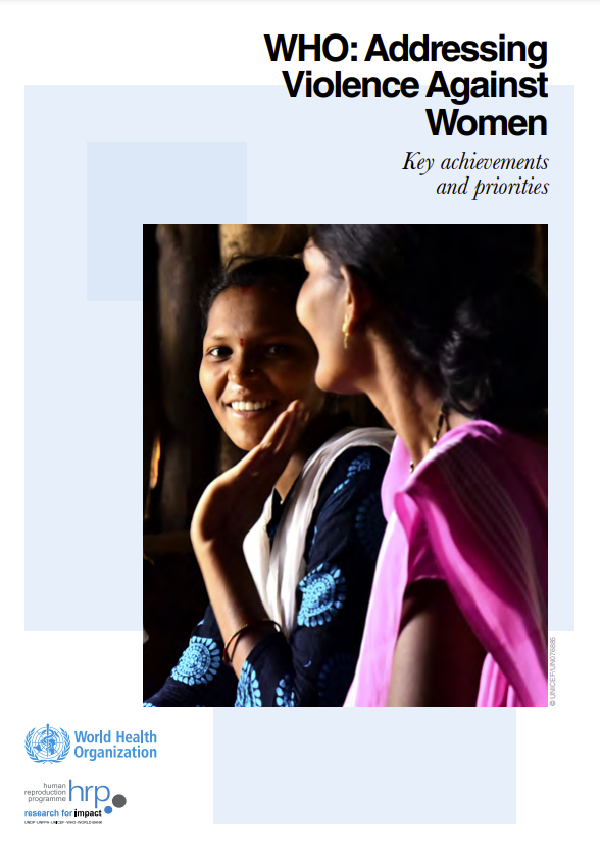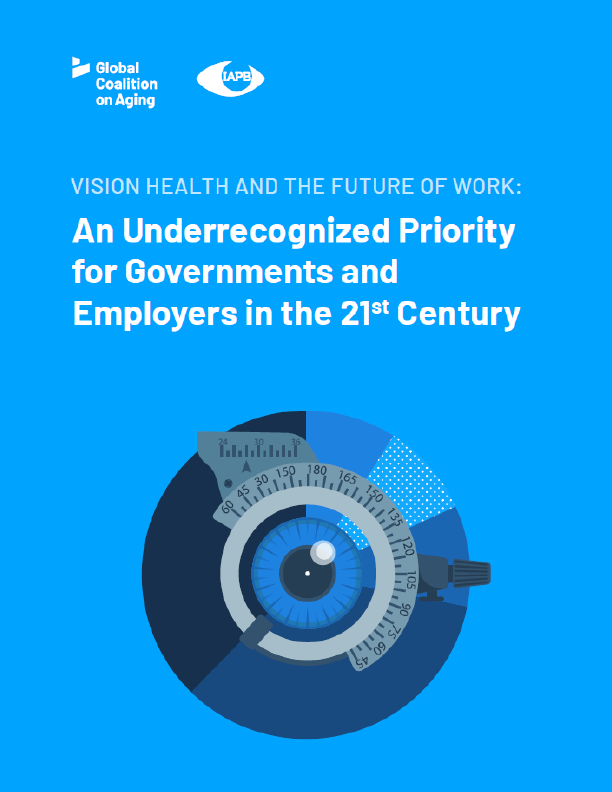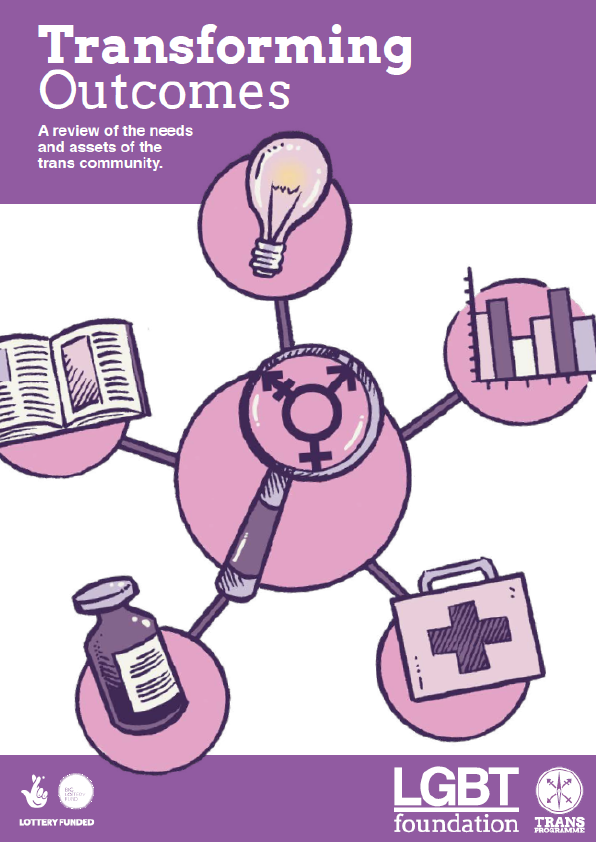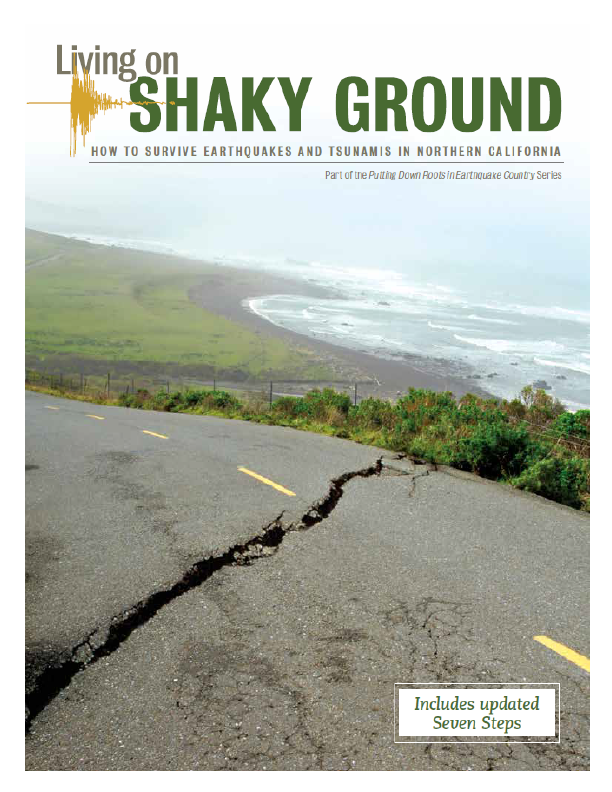1 in 3 women will experience physical and/or sexual violence in their lifetime, mostly by an intimate partner. Violence against women (VAW), also known as gender-based violence and sexual and gender-based violence (SGBV), are violent acts primarily or exclusively committed against women or girls. Such violence is often considered a form of hate crime, committed against women or girls specifically because they are female, and can take many forms. This violence has a profound impact on the health of women and their families. WHO brings attention to this important public health issue through research and evidence building, development of guidelines and tools for the health sector, strengthening country capacity, and advocacy to increase political will. Here are some of WHO’s key achievements and priorities in the coming years to address violence against women.
WHO plays a key role in bringing attention to and responding to violence against women as a public health issue through:
- Research and evidence-building to highlight the magnitude of violence against women, its risk factors and consequences, and to identify effective interventions for prevention and response.
- Developing guidelines and tools, setting norms and standards for an effective health response to violence against women.
- Strengthening country capacity of health systems to respond to violence against women.
- Encouraging leadership in health systems and building the political will to address violence against women through advocacy and partnerships.
Research and evidence-building
The evidence base on violence against women has been steadily increasing over the last 20 years, however there are still gaps that need to be filled to inform policies and programmes properly. WHO continues to expand this vital evidence base. Priority projects include:
Research to identify effective health sector interventions and training approaches for addressing violence against women
WHO undertakes research to test interventions to respond to survivors’ needs, and to test approaches for training health care workers to address violence against women in all health care settings.
Improving methods for measuring VAW in the context of the SDGs monitoring.
The Sustainable Development Goals (SDGs; target 5.2), have two indicators regarding prevalence of recent physical, sexual or psychological violence by an intimate partner, and sexual violence by a non-partner among women 15 and older. WHO undertakes activities to align measures and data collection tools for global monitoring:
- Update of the landmark WHO multi-country study questionnaire to include refined measures of sexual violence by non-partners.
- Standard measures for psychological abuse and for violence against older women.
- Update prevalence estimates of intimate partner violence and non-partner sexual violence.
Norms and standards
WHO has developed evidence-based guidelines, programming, and capacity-strengthening tools with a focus on guiding public health responses to VAW. Priority projects include:
Development of WHO clinical and policy guidelines and implementation tools for responding to violence against women
- The clinical handbook on health care for women subjected to violence provides practical advice and job aids to health workers on how to discuss and respond to intimate partner violence and sexual violence. It is being widely used in countries and it has been translated into multiple languages (Armenian, English, German, Italian, Japanese, Russian, Spanish).
- The manual for health managers provides practical advice to policy-makers and administrators on how to strengthen health systems to address violence against women, using the WHO health system building blocks
- The clinical guidelines for responding to children and adolescents who have been sexually abused has been taken up by several countries.











